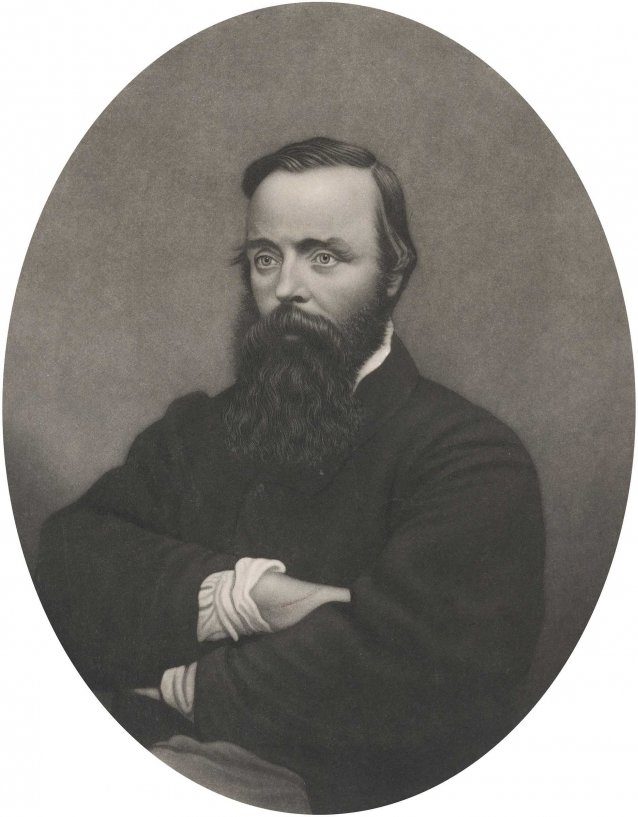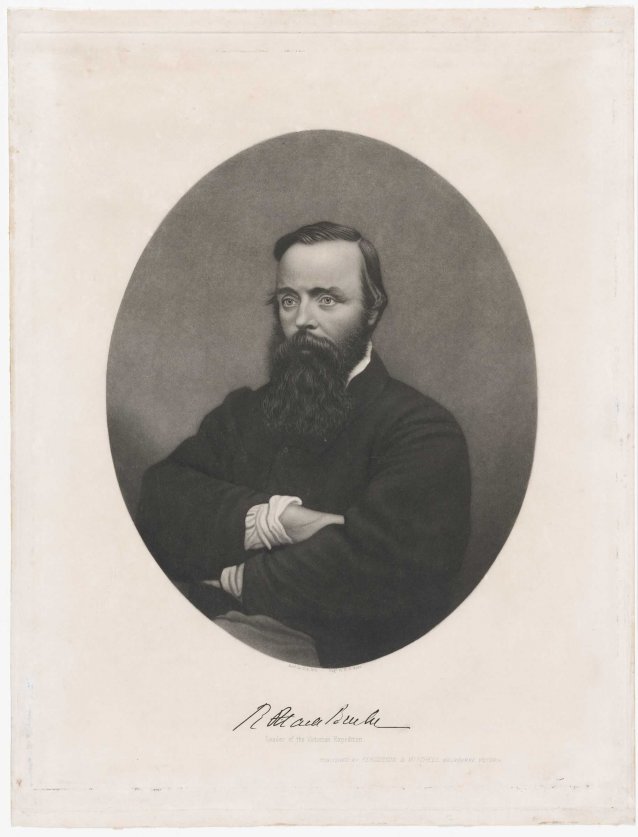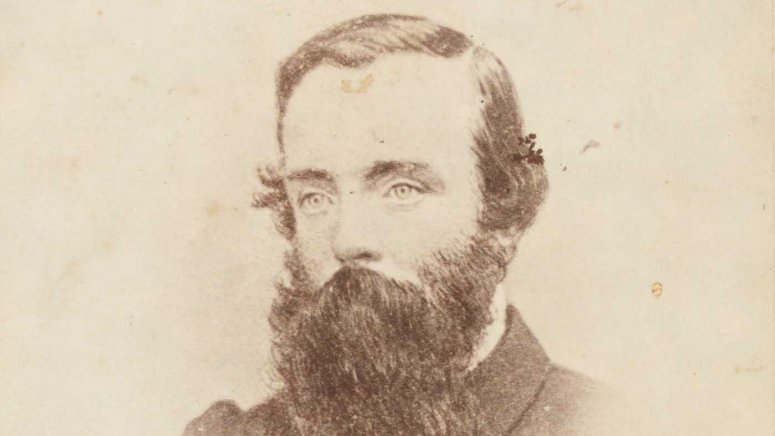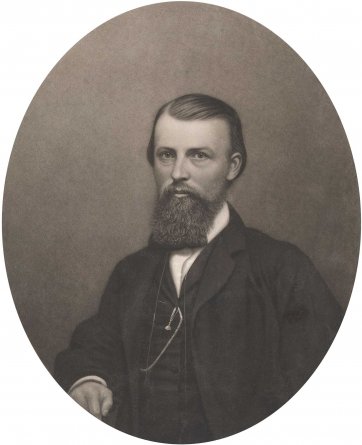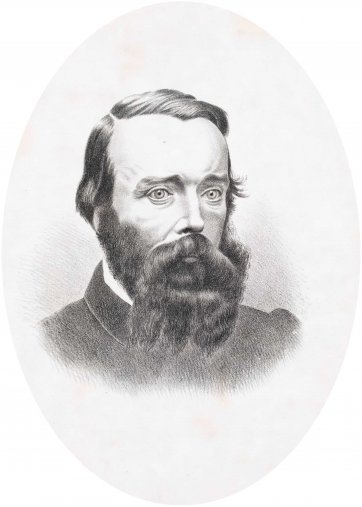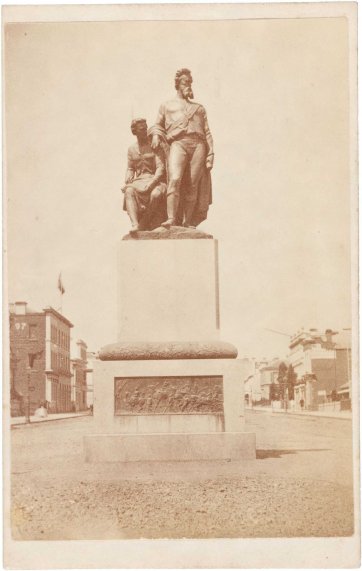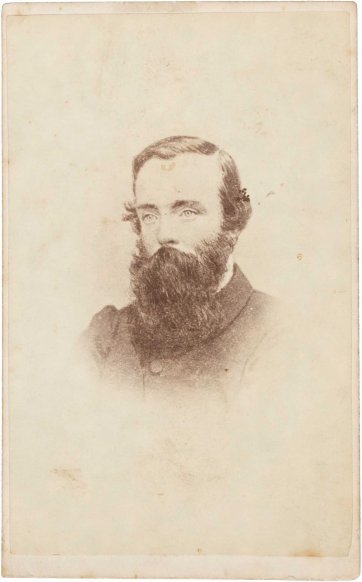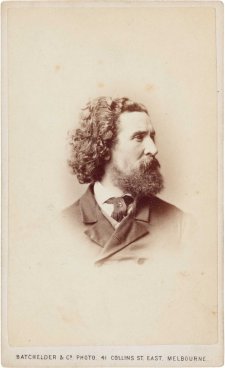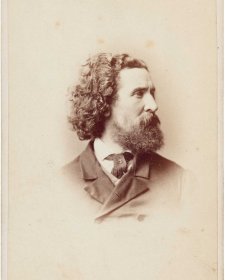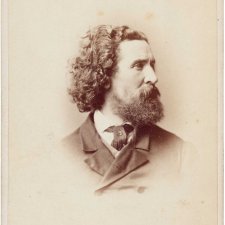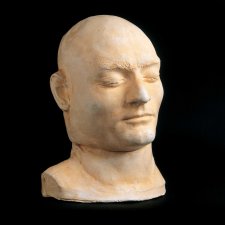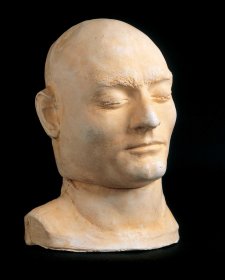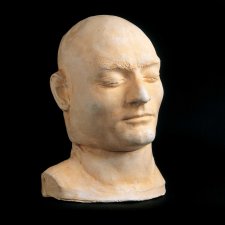Robert O’Hara Burke (1821–1861), explorer, came to Australia after serving in the Austrian Army and Irish Mounted Constabulary, in 1853. Following several years with the Victorian police force, in February 1860, he applied to join the transcontinental expedition being planned by the Royal Society of Victoria. According to one who endorsed his application, Burke was ‘a most active man, and very strong ... kind and gentle in his manners’; but he was also moody, impulsive and possessed of wilfulness and ambition. Despite having no experience of exploration, Burke was appointed commander of the Victorian Exploring Expedition, which left Melbourne in August 1860. On reaching Menindee, New South Wales, in October, Burke decided to split the expedition, ignoring instructions to establish a base camp further north at Coopers Creek. Burke and seven others then continued north; but he split the party again in early December when they reached Coopers Creek, instructing four men to remain at the depot they made there while he, William Wills, John King and Charlie Gray made a bid for the Gulf of Carpentaria. Ultimately, they made it close enough to the coast to taste salt water, but with their progress obstructed by mangroves ‘could not obtain a view of the open ocean’. On the terrible return to Coopers Creek, Gray died; Burke, Wills and King got back to the camp to find that the waiting party had left just nine hours earlier. Burke then decided to head for the settled districts of South Australia, this decision resulting in another missed opportunity for rescue. For several weeks, they remained on the creek, sometimes assisted in finding food by the local Aboriginal people. Burke died of starvation and exhaustion in June 1861, having reportedly asked King to leave him unburied on the desert ground, his pistol in his hand.
Henry Samuel Sadd (1811–1893) arrived in Australia in 1853 and worked in Sydney for a time before relocating to Melbourne. Sadd became known for his mezzotint portraits of governors, clergymen and other public figures, exhibiting his work at the Victorian Exhibition of Art in 1856 and with the Victorian Society of Fine Arts in 1857. Many of Sadd’s portraits were taken from photographs: these mezzotints of Burke and Wills are based on ambrotypes taken by Thomas Adams Hill in Melbourne in 1860. Though Sadd’s work was much admired he, like many other artists, suffered from photography’s increasing popularity as a medium for portraiture. He died in St Kilda in 1893.
Purchased with funds provided by Ross A Field 2007
The National Portrait Gallery respects the artistic and intellectual property rights of others. Works of art from the collection are reproduced as per the
Australian Copyright Act 1968 (Cth). The use of images of works from the collection may be restricted under the Act. Requests for a reproduction of a work of art can be made through a
Reproduction request. For further information please contact
NPG Copyright.
